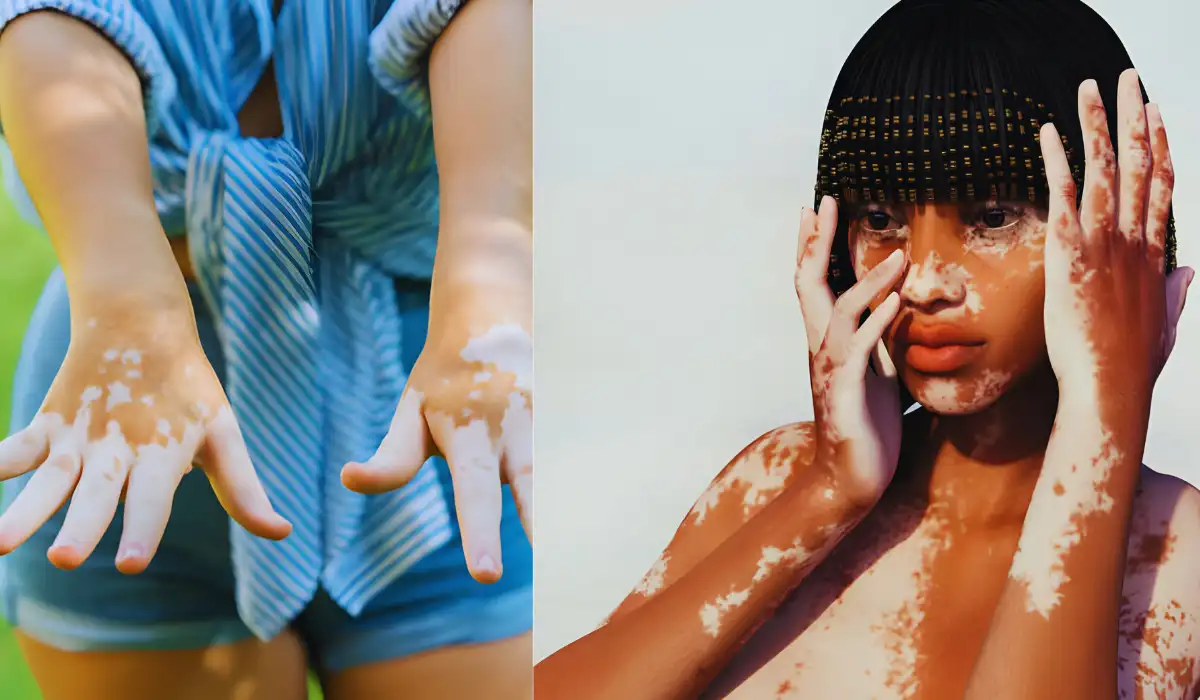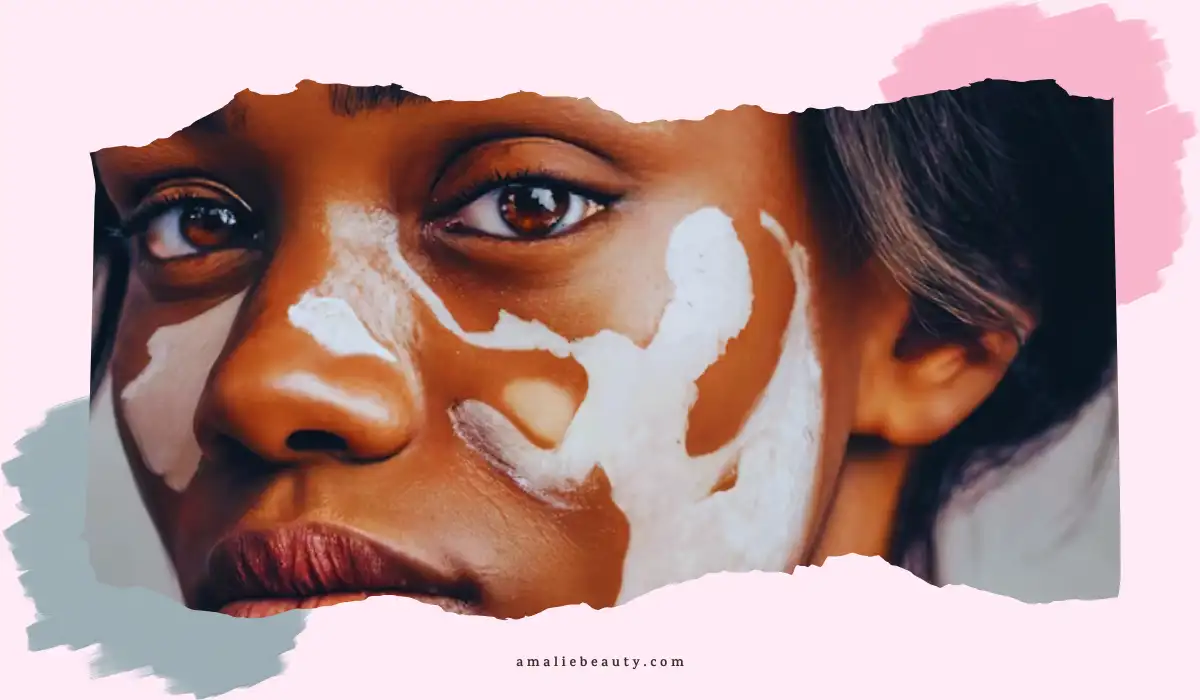Many diseases in the world affect us. Most of it be could life-threatening but some would not be as critical. However, that doesn’t mean their impact could be any less.
They could be impacting our self-esteem or mental health and could even suck up the life out of us at least metaphorically. One such disease is vitiligo. Vitiligo is a complex condition that most people go through their whole lives.
Though many people have been talking about it everywhere, there could be someone somewhere in the corner not doing what to do from being affected by the condition. We aim to help someone with this article which will detail ways to prevent vitiligo.
What is Vitiligo? What are the causes of it?

Vitiligo is a skin disease that is characterized by discoloration of the skin in patches. When this happens the skin or hair loses its original color or melanin that gives it the brightness it has.
Though the researchers are not still able to put a finger on all of its causes, they believe it to be a mixture of things which is genetic as well as autoimmune.
Before we look into the ways to prevent it, we will be looking into its causes which are,
➡️ Autoimmune
Autoimmune diseases belong to the group of conditions that are caused when the body starts attacking itself and that could lead to a variety of problems including the loss of pigment.
➡️ Genetic
People with a particular gene that is mutated could have higher chances of developing vitiligo. Individuals who have other autoimmune conditions also are at greater risk of developing vitiligo in the later stages of their lives.
➡️ Environment
Several environmental triggers can cause vitiligo to flare up. People who expose themselves to sun and radiation are known to have developed vitiligo and therefore it can be deemed as a cause.
➡️ Neurochemicals
Scientists have also uncovered enough traces to suggest that changes in neurotransmitters could also cause vitiligo. This view still needs to be confirmed.
➡️ Hormonal changes
It is also believed that changes in hormones can also affect the pigmentation in your skin.
Researchers have also found that people who are often attacked by their immune systems and have been undergoing treatment for the same can develop the symptoms of vitiligo even in some similar nature. We are yet to zero in on a cause for the same.
How to prevent vitiligo?
Since we are not sure of the cause, there is no way to prevent it as well. However, doctors suggest their high-risk category patients follow some caution which we will be mentioning below- Those include,
➡️ Sun protection
Protecting your body from the sun and its harmful rays could be the first step toward preventing vitiligo. Sun is the ultimate source of life but its rays can be destroyed in multiple ways and can burn the cells inside the skin.
So if you have a job that exposes you to the sun a lot, wear a hat, and protective gear and apply sunscreen with good SPF. Also, don’t stay in the sunlight for a long time.
➡️ Avoid skin trauma
This applies to people who are under the high-risk category of developing vitiligo due to genes and autoimmune conditions.
Avoid getting cuts, bruises, or scars that can kill the cells that contain color as the wounds heal. The larger the cut, the larger the discolored area.
➡️ Manage stress
Though this needs further clarification, researchers believe that stress can lead to changes in neurotransmitters and hormones. Therefore you might develop white patches as a result of the same. To prevent it you should practice yoga and mindfulness exercises.
➡️ Consult with a dermatologist
In case you think your skin has started developing patches, you might want to consult a dermatologist to find the exact reason behind the loss of pigmentation. Catching it early could limit the size of the patch.
➡️ Early treatment
As always early detection gives you a head start on the road to recovery. Always examine your body and if you are someone who is exposed to the sun more than often, be careful and take proper clothing to cover your skin.
➡️ Avoid chemical exposures
Spilling of chemicals could lead to burning of the cells under the epidermis which spreads later on. To prevent this handle chemicals like acids with caution. Chemical burns are equally harmful and are in no way lesser than fire burns.
➡️ Stop using radiation lamps
This means not exposing yourself to UV light such as tanning beds or lamps that give out high-frequency light which can kill the cells when stayed on for a longer time.
➡️ Manage autoimmune conditions
Since autoimmune conditions of any kind make you susceptible to discoloration, you would want to take care of it properly. Eat your medicines regularly and present yourself for a checkup.
➡️ Monitor skin changes
If you notice any changes in your skin, you should not take it lightly. You should pay more attention to it and may even seek expert opinion if possible.
➡️ Healthy lifestyle choices
This includes eating a balanced diet, drinking enough water, and having nutritious food. This also means not abusing substances and getting a good night’s sleep as much as possible. Don’t expose yourself to conditions that can lead to vitiligo.
For those who already have the condition, they could use makeup or contour to be precise to hide the patches, scarfs or shawls could also come in handy.
Conclusion
Though vitiligo is not fatal, it still requires attention like one that does. It is because it could affect your mental health immensely undermining your confidence.
It is also known to restrict people from doing what they do due to shame and guilt. However, this is a medical condition and there should be no taboo around it.
We could always take steps to prevent it as stated above but if the conditions engulf you, you should not feel any less beautiful or confident because of it. Everyone is beautiful and we should be accepting of that.
References
- FDA approves topical treatment addressing repigmentation in vitiligo in patients aged 12 and older. (2022).
https://www.fda.gov/drugs/news-events-human-drugs/fda-approves-topical-treatment-addressing-repigmentation-vitiligo-patients-aged-12-and-older - Vitiligo. (2020).
https://ghr.nlm.nih.gov/condition/vitiligo

